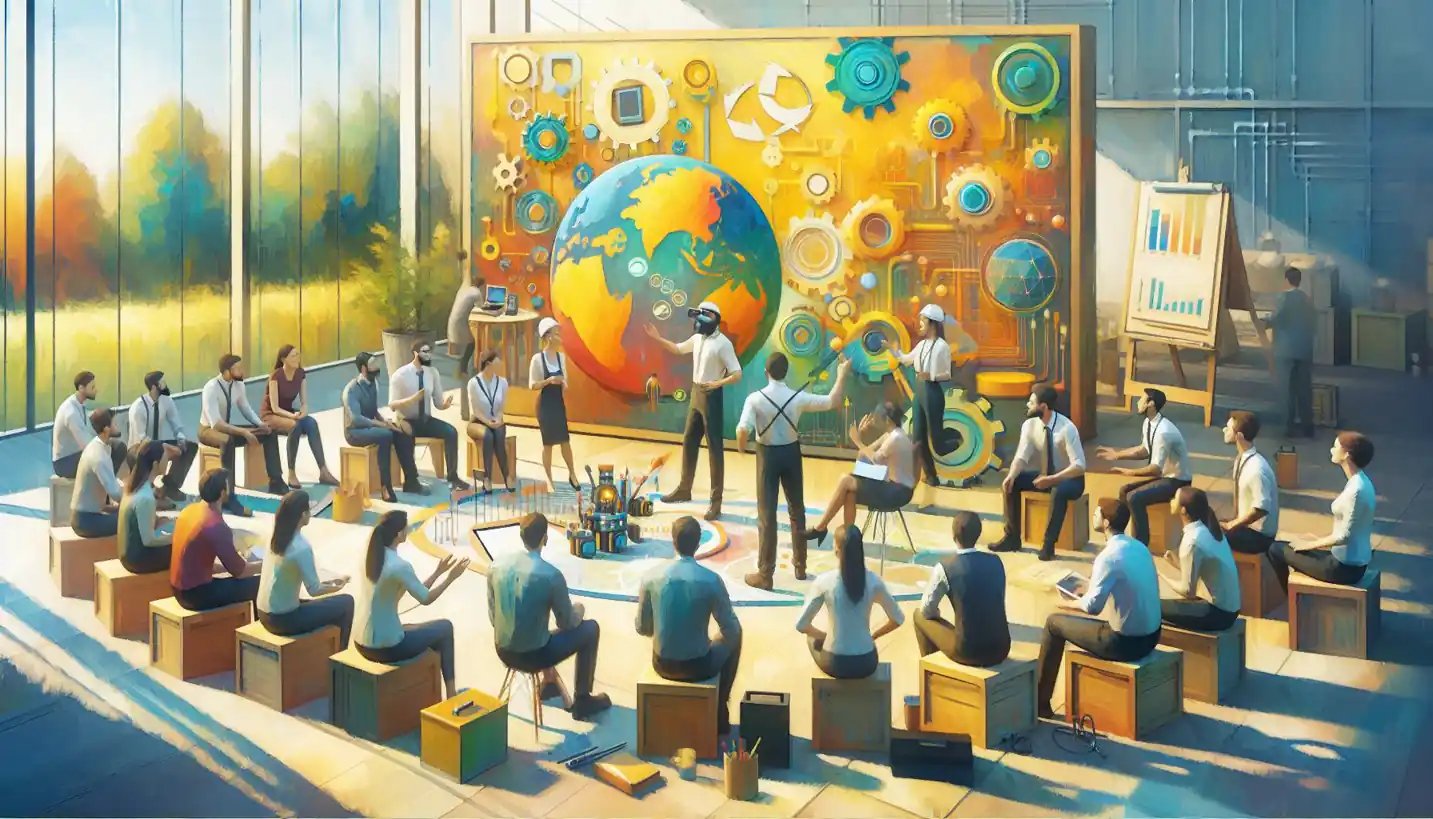· Engineering · 3 min read
Industrial Safety: Ensuring a Secure Workplace Environment
Industrial safety is crucial for a secure and productive workplace. Discover essential strategies that protect workers and enhance engineering environments.

Industrial safety is crucial in today’s fast-paced world, where machines and technology play a vital role in production processes. It’s all about protecting workers, equipment, and the environment from potential hazards. Let’s explore why this is so important and how it’s implemented in various industries.
Understanding Industrial Safety
Industrial safety involves a set of procedures and regulations that aim to prevent accidents and injuries in the workplace. Imagine a factory floor buzzing with activity; without proper safety measures, a small mistake could lead to serious incidents. Safety protocols ensure that everything runs smoothly, minimizing risks.
The Importance of Safety in Industries
Let’s think about a simple scenario: working in a factory without helmets, safety glasses, or proper signage. It sounds risky, right? Safety measures like these are essential, not just to comply with laws but to protect lives. Accidents can lead to significant human and economic losses. Ensuring safety is not just an ethical obligation but a business necessity.
Common Hazards and Risks
Factories and industrial sites are full of potential hazards. Consider slippery floors, moving machinery, or even exposure to harmful chemicals. Each of these poses risks that require careful management. Understanding specific hazards in an industry allows for targeted safety strategies.
Personal Protective Equipment (PPE)
A fundamental part of industrial safety is Personal Protective Equipment, or PPE. It’s like the armor workers wear to protect themselves. Helmets, gloves, masks, and goggles are all examples. These might seem basic, but they play a critical role in avoiding injuries.
Regulatory Frameworks
Governments across the world have set up regulations to ensure industrial safety. In the United States, for example, the Occupational Safety and Health Administration (OSHA) lays down specific rules to safeguard workers. These regulations are not just paperwork; they are vital guidelines that industries must follow.
Safety Training and Awareness
Training is a cornerstone of industrial safety. Think of it as prepping a football team for a big match. Without knowing the plays, the team can’t win. Similarly, without proper training, employees won’t know how to handle equipment safely or react in emergencies. Educational programs equip workers with the necessary skills to prevent accidents.
Technological Innovations in Safety
In today’s digital age, technology is reshaping industrial safety. From smart helmets that monitor conditions to drones inspecting hard-to-reach areas, innovation continues to enhance safety standards. Robotics and automation reduce the demand for human intervention in dangerous tasks, also contributing to a safer work environment.
Human Factors in Safety
While technology plays a significant role, human factors are equally important. Fatigue, stress, and human error can all lead to accidents. Encouraging a culture of safety, where employees feel responsible and empowered to speak up, is crucial. Teamwork and communication are key components in fostering such an environment.
Environmental Considerations
Industrial safety doesn’t stop at human concerns; the environment also needs protection. Spills, emissions, and waste can have disastrous effects if not managed properly. Implementing eco-friendly practices and ensuring compliance with environmental regulations are integral to a comprehensive safety strategy.
The Future of Industrial Safety
As industries evolve, so do safety challenges. Emerging fields like nanotechnology and biotechnology bring new risks that require innovative solutions. Continuous research and adaptation are necessary to keep up with these changes.
Open Questions
What role will artificial intelligence play in future safety protocols? How can data analytics enhance accident prevention? These questions open up exciting avenues for exploration in the field of industrial safety.
Conclusion
In essence, industrial safety is a complex, ever-evolving field that plays a critical role in protecting people, machinery, and our planet. By combining human diligence with technological advancements, industries can create safer workplaces. It’s not just about meeting legal requirements; it’s an ongoing commitment to ensuring a secure and healthy environment for everyone involved.


